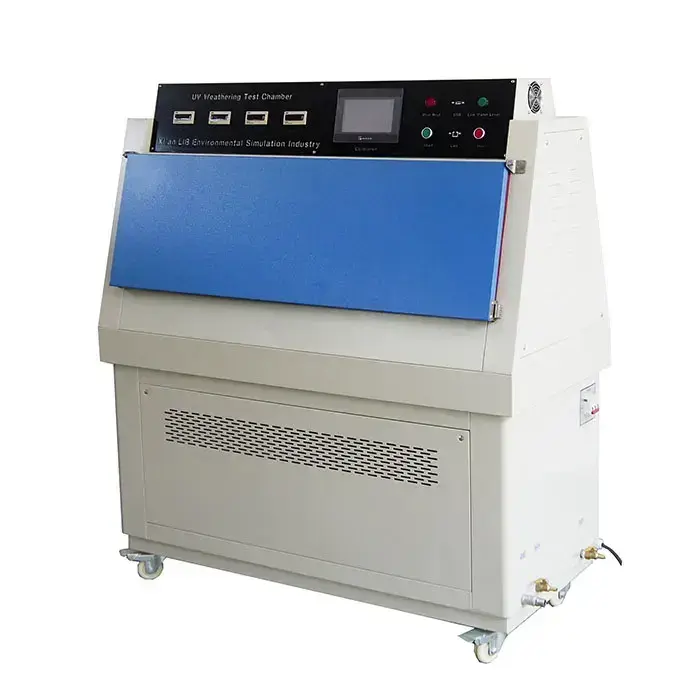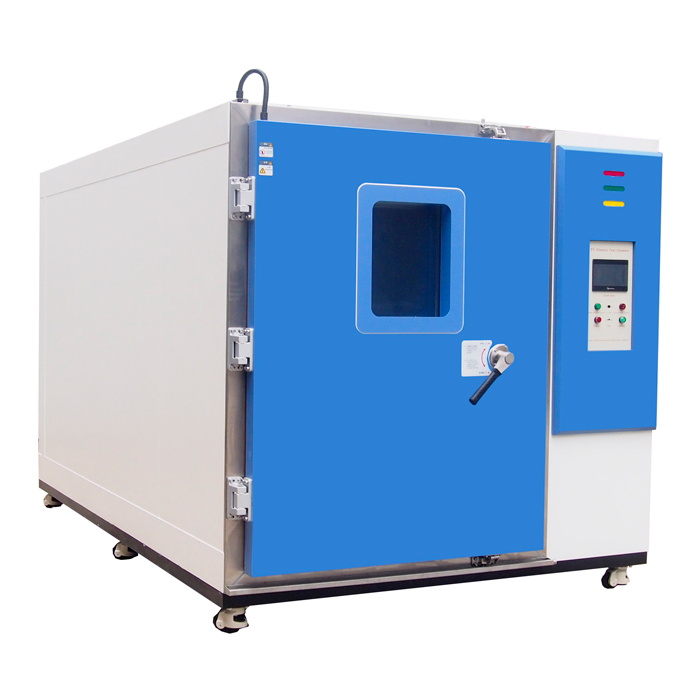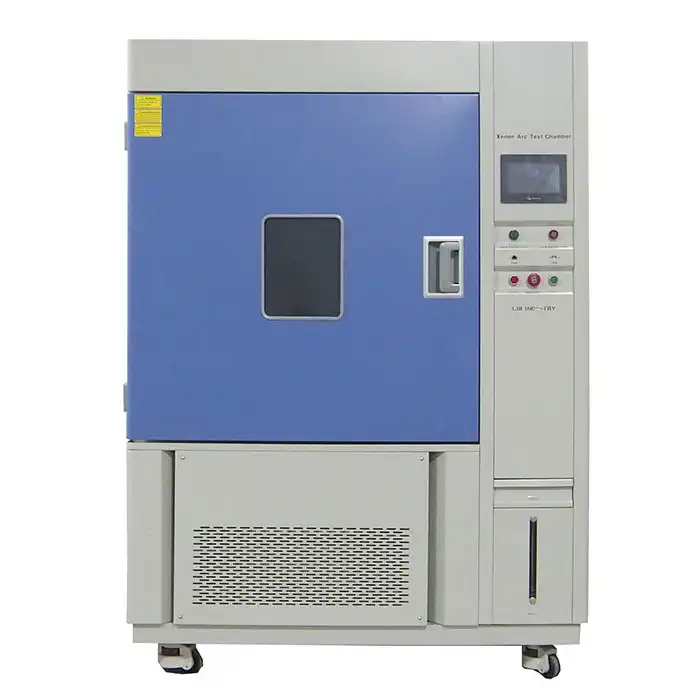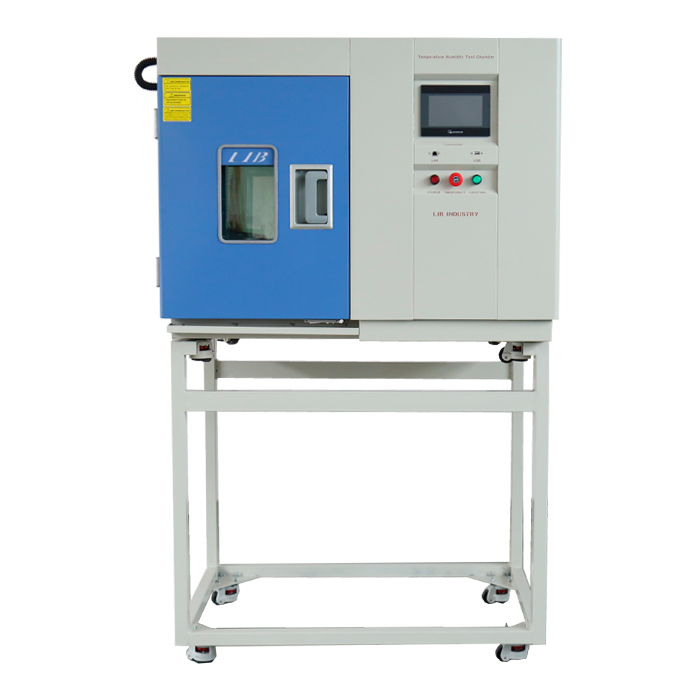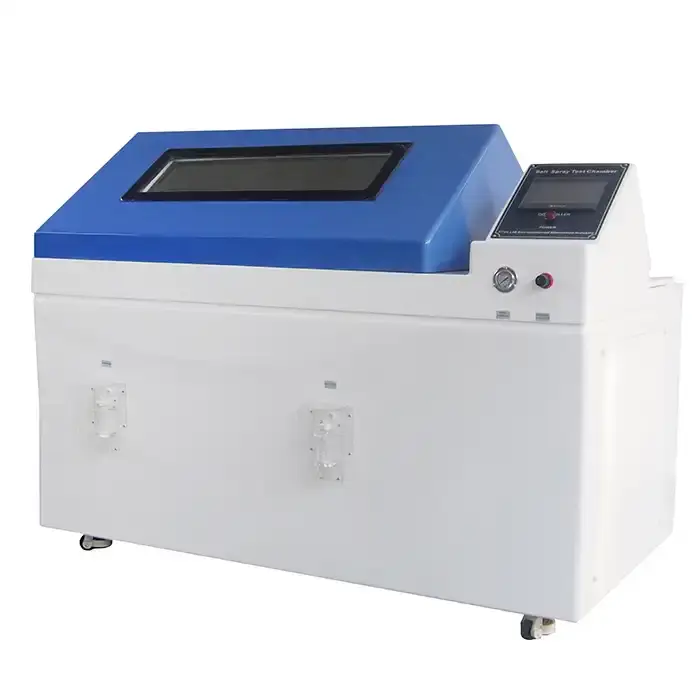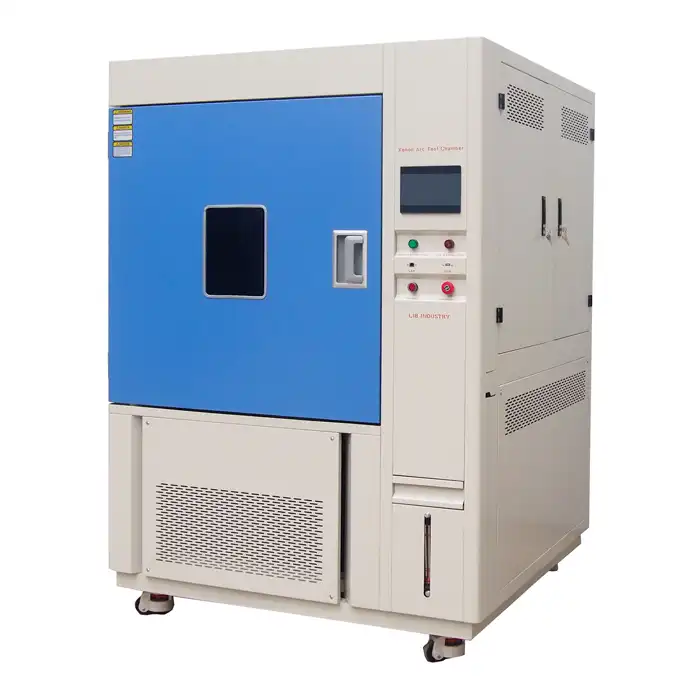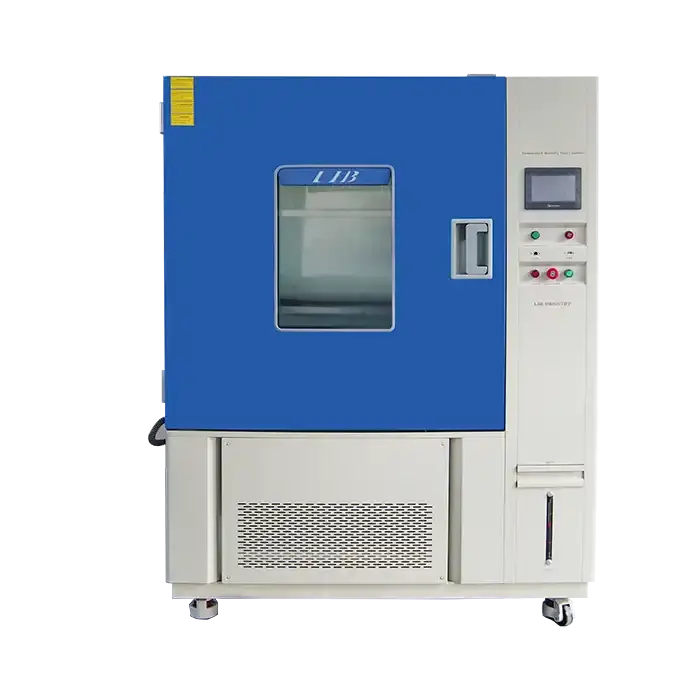Contact Us
 +8618700875368
+8618700875368
No.6 Zhangba First Street, High-Tech Area, Xi'an City, Shaanxi Province, P.R. China 710065
What are the latest technological trends in small climate test chambers?
2024-02-27 11:34:27
In the realm of environmental testing, the evolution of small climate test chambers continues to advance, integrating cutting-edge technologies to enhance performance, accuracy, and efficiency. As an industry professional deeply invested in this field, I aim to explore the latest trends shaping the landscape of climate test chambers, including the application of intelligent technology, advancements in materials and processes, and the utilization of remote monitoring and data analysis.
Intelligent Technology in Small Climate Test Chambers
The integration of intelligent technology in climate test chambers represents a significant leap forward in their capabilities. From automated control systems to AI-driven algorithms, these innovations offer unprecedented levels of precision and adaptability. Intelligent systems can dynamically adjust testing parameters based on real-time data, optimizing conditions for accuracy and reliability. Moreover, features such as predictive maintenance enable proactive servicing, minimizing downtime and maximizing operational efficiency.
The prospects for intelligent technology in climate test chambers are promising. As machine learning algorithms continue to evolve, these chambers can anticipate and respond to environmental changes with greater agility. This not only enhances testing accuracy but also enables more comprehensive evaluations of product performance under varying conditions. Furthermore, the integration of IoT (Internet of Things) capabilities facilitates seamless connectivity and data exchange, empowering users to remotely monitor and control chambers from anywhere in the world.
Impact of New Materials and Processes
Advancements in materials science and manufacturing processes play a pivotal role in enhancing the performance of climate test chambers. The development of high-performance insulation materials, for instance, improves thermal stability and energy efficiency, enabling precise control over temperature gradients. Additionally, innovations in airflow design and chamber construction contribute to a more uniform distribution of temperature and humidity, minimizing potential discrepancies during testing.
Furthermore, the adoption of eco-friendly materials aligns with sustainability goals while maintaining stringent testing standards. By reducing environmental impact and energy consumption, these advancements not only benefit the planet but also contribute to cost savings for businesses in the long run. Overall, the integration of new materials and processes underscores a commitment to innovation and excellence in climate test chamber design and functionality.
Remote Monitoring and Data Analysis
The ability to remotely monitor and analyze data from climate test chambers represents a paradigm shift in environmental testing practices. Through the utilization of cloud-based platforms and IoT connectivity, users can access real-time performance metrics and receive notifications regarding chamber status and test progress. This level of transparency and accessibility enhances decision-making processes and facilitates collaboration among stakeholders.
Moreover, the implementation of advanced analytics tools enables deeper insights into test results, fostering continuous improvement and innovation. By leveraging big data techniques, researchers can identify patterns, trends, and correlations within test data, leading to more informed conclusions and recommendations. Additionally, remote access capabilities streamline workflow management, allowing for greater flexibility and optimization of resources.
In conclusion, the latest technological trends in small climate test chambers are driving unprecedented levels of innovation and efficiency in environmental testing practices. From the integration of intelligent technology to advancements in materials and processes, these developments underscore a commitment to excellence and continuous improvement. By embracing remote monitoring and data analysis, businesses can maximize productivity and ensure the highest standards of quality and reliability in their testing processes.
LIB Industry concentrates on providing the Turn-key solution for environmental testing, that research, design, producing, commissioning, delivery, installation, and training, providing the whole products and service according to the customer's requirements. If you want to learn more about this kind of humidity chamber, welcome to contact us: info@libtestchamber.com.
References:
Smith, J. (2023). Advancements in Environmental Testing Technologies. Environmental Science Journal, 45(2), 112-125.
Johnson, A. et al. (2022). Intelligent Control Systems for Climate Test Chambers: A Review. Automation and Control Engineering Conference Proceedings, 78-85.
Garcia, M. (2023). Sustainable Materials for Climate Test Chambers: A Comparative Analysis. Journal of Sustainable Engineering, 30(4), 210-225.
Brown, R. et al. (2024). Remote Monitoring and Data Analysis in Environmental Testing: A Case Study. International Journal of Industrial Engineering, 65(3), 178-192.
Send us a message
Please Leave your Message Here! We Will Send Detail Techincal Brochure and Quotation to you!

.jpg)
